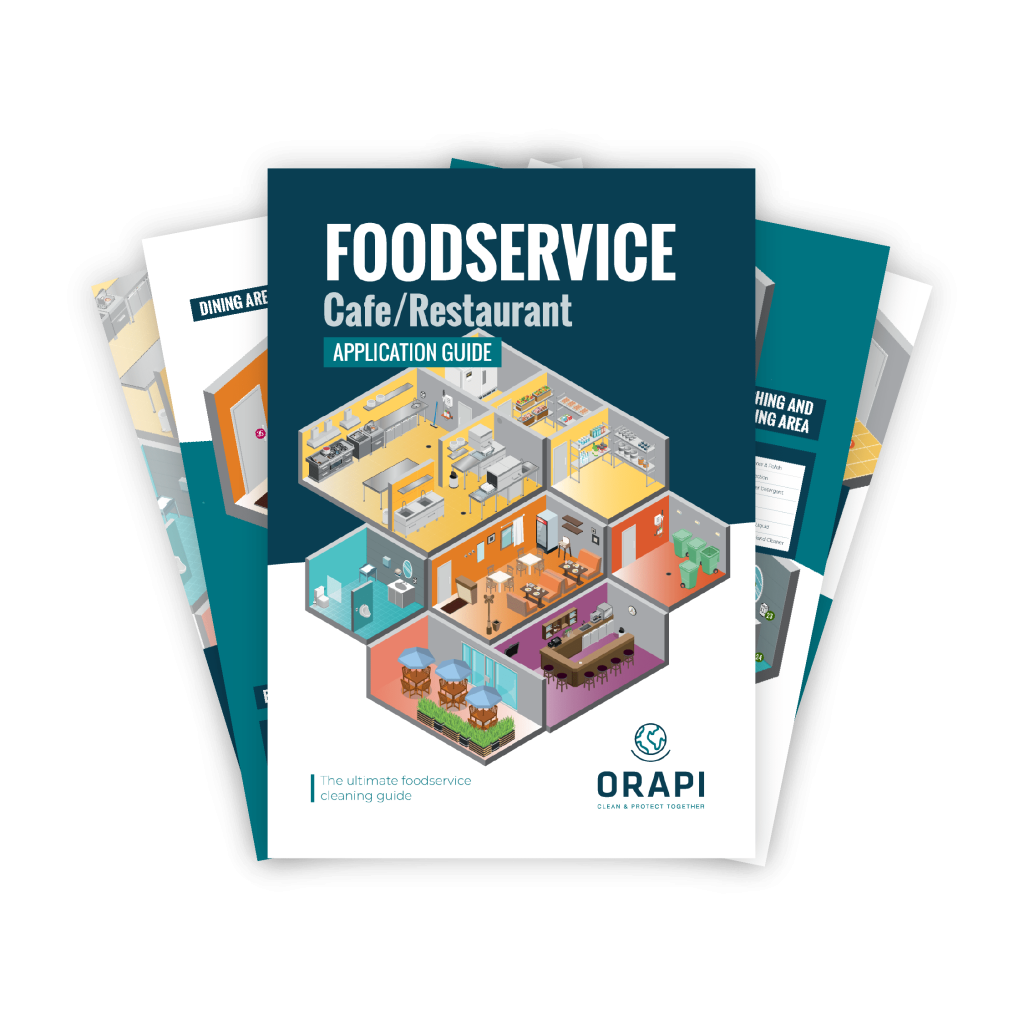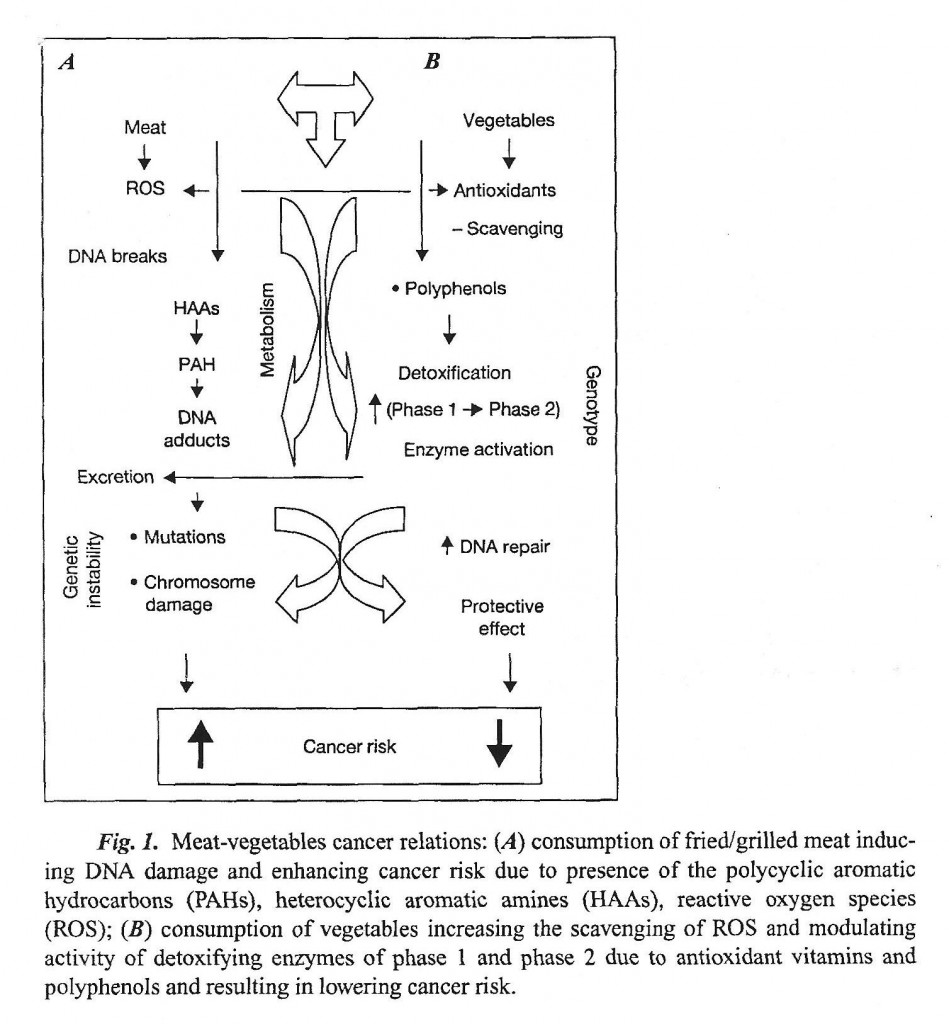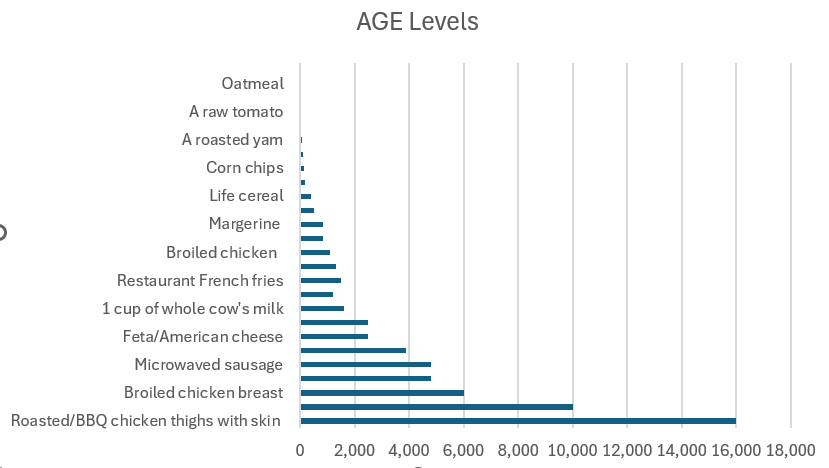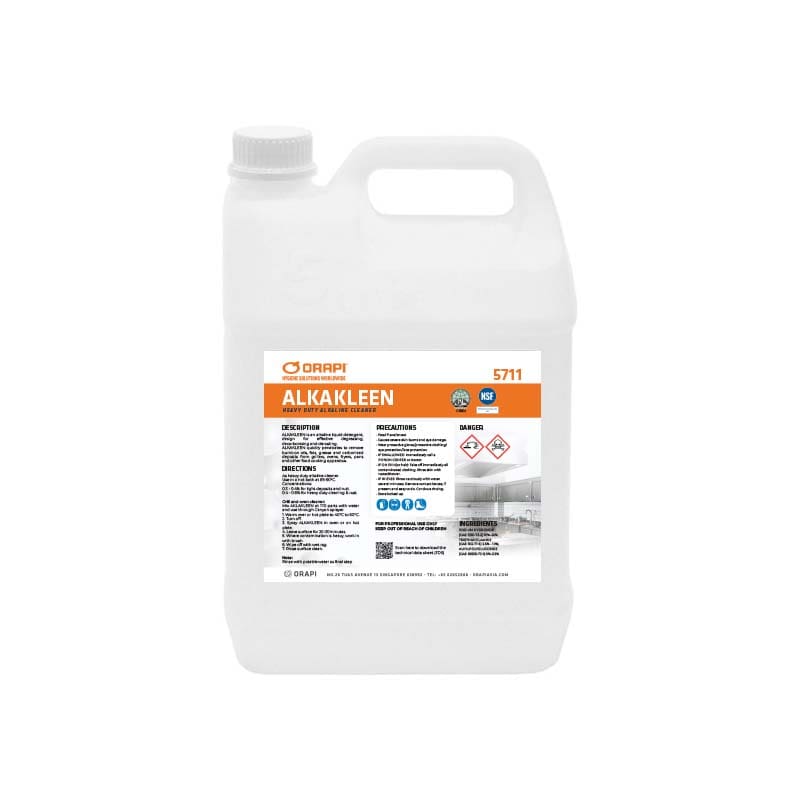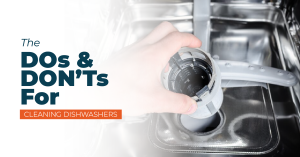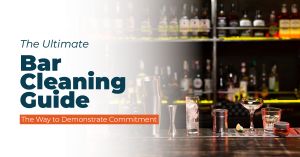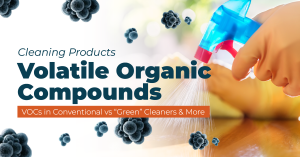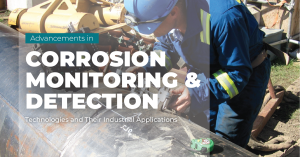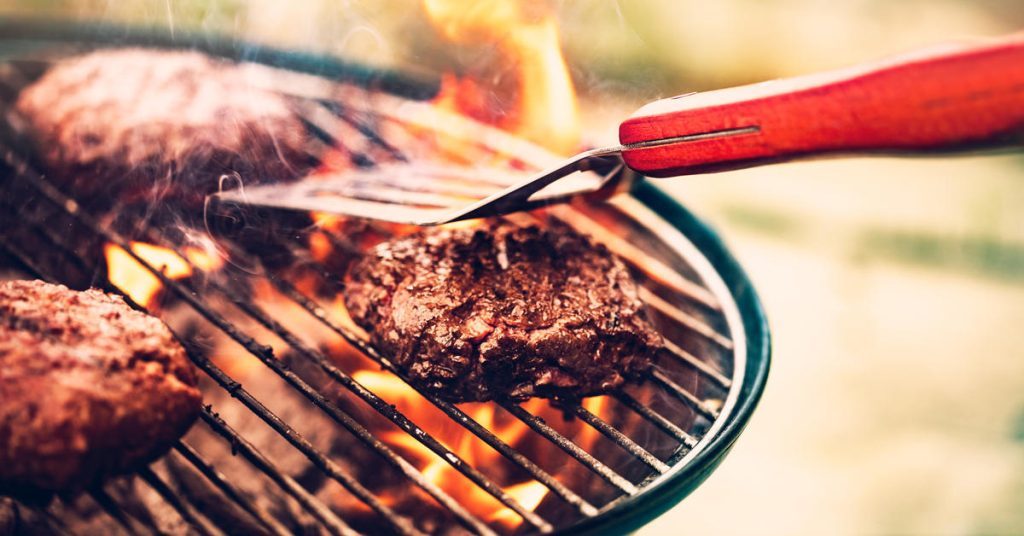
Heterocyclic amines (HCAs) and polycyclic aromatic hydrocarbons (PAHs)
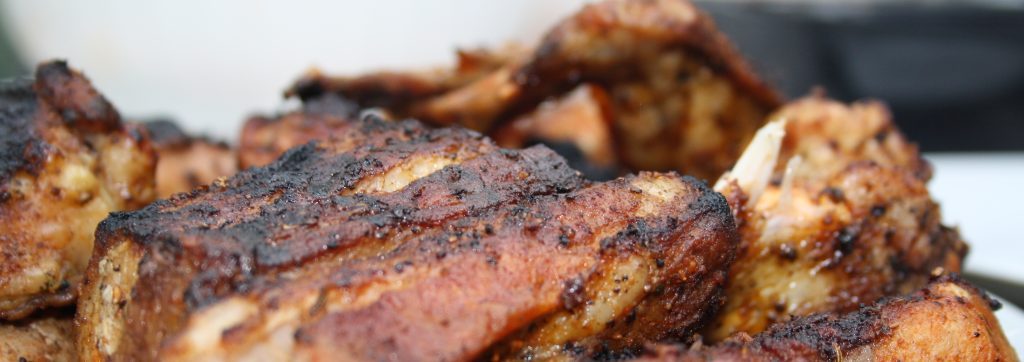
What Are HCAs and PAHs
Heterocyclic amines (HCAs) and polycyclic aromatic hydrocarbons (PAHs) are chemical compounds generated during the high-temperature cooking of muscle meat, such as beef, pork, fish, or poultry. This cooking process, which involves methods like pan frying or grilling over an open flame, leads to the formation of HCAs and PAHs.
In laboratory studies, both HCAs and PAHs have demonstrated mutagenic properties, meaning they induce changes in DNA through mutations, deletions, and insertions that may elevate the risk of cancer.
HCAs originate from the reaction of amino acids (the building blocks of proteins), sugars, and substances like creatine or creatinine (found in muscle) at elevated temperatures. On the other hand, PAHs are produced when fat and juices from meat are grilled directly over heat, or an open flame drip onto the surface or fire, resulting in flames and smoke. The smoke carries PAHs that adhere to the meat’s surface. Additionally, PAHs can form during alternative food preparation methods, such as the smoking of meats.
Where Do HCAs and PAHs Come From
HCAs and PAHs From Cooking
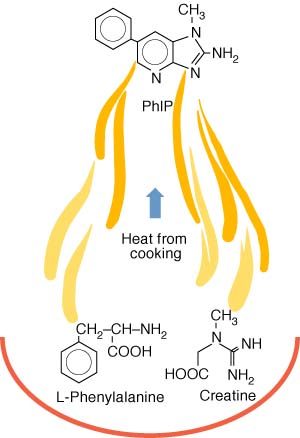
The development of HCAs and PAHs varies depending on the type of meat, cooking technique, and the degree of doneness (rare, medium, or well done). Regardless of the meat type, cooking at high temperatures, particularly above 100ºC (as in grilling or pan frying), or prolonged cooking tends to result in higher HCA formation. For instance, well-done, grilled, or barbecued chicken and steak exhibit elevated concentrations of HCAs. Cooking methods involving exposure to smoke contribute to the formation of PAHs.
HCAs and PAHs Common Sources
In contrast, raw foods lack HCAs and PAHs. Over 90% of our exposure to these compounds comes from cooked food. Grilled/charred meats and fish are among the most concentrated sources, but ready-to-eat commercial breakfast cereals, processed carbohydrates, fats/oils, and tobacco smoke also contain substantial amounts of PAHs. PAHs in vegetables and fruits primarily result from environmental contamination of air and soil.
Four Factors That Play a Role In HCA Formation
- Type of food
- Cooking method
- Temperature
- Cooking duration
Temperature emerges as the crucial factor, with issues starting at 100ºC (212ºF) and significant HCA formation occurring around 300ºC (572ºF).
PAH Formation Is Influenced By
- Cooking temperature
- Cooking duration
- Type of fuel used for heating
- Distance from the heat source
- The fat content of the food
Higher temperatures and longer cooking times increase HCA and PAH levels, turning normal foods into carcinogenic foods. Direct heat methods like frying and grilling yield more of these compounds compared to indirect heat methods such as stewing, steaming, or poaching.
Advanced Glycation End Products (AGEs)
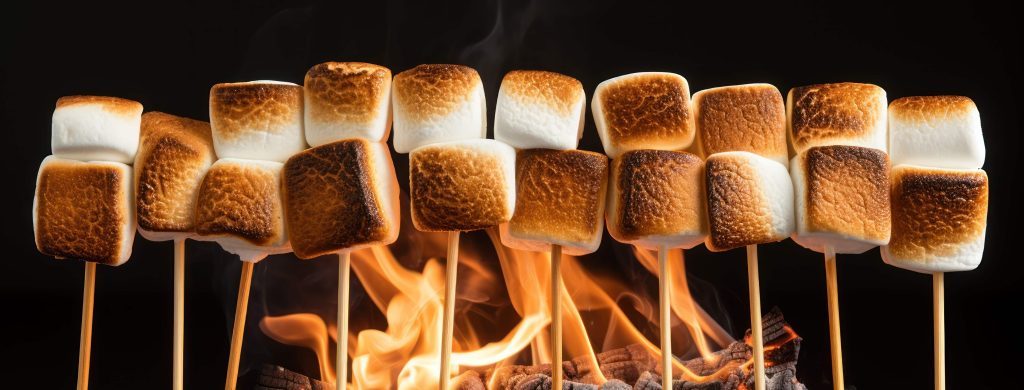
What Are AGEs
Health Damage
Once introduced into the body, AGEs exhibit detrimental effects on a wide range of cells, tissues, and organs, as illustrated in the accompanying diagram. Reducing circulating AGEs correlates with a diminished risk of various diseases, such as Alzheimer’s, kidney disorders, cardiovascular issues, and diabetes.
In animal models, AGEs have been linked to:
- Inflammation
- Atherosclerosis
- Kidney damage
- Neurodegenerative disease
- Muscle loss
- Cancer cell metastasis
- Insulin resistance
- Alterations in cell receptors
- Reduced lifespan
- Oxidation
Despite these findings, some argue that rodents, often used in studies, may not accurately reflect the impact of heated food on humans, positing that these animals aren’t accustomed to such dietary patterns. Approximately 10% of dietary AGEs are absorbed. Of this, roughly one-third is excreted in urine within three days, suggesting that a significant portion lingers in the body, potentially causing havoc.
Where Do AGEs Come From
What Can We Do About AGEs
The choice of food preparation methods plays a pivotal role, with heating foods beyond 446 degrees F (230 C) identified as particularly problematic. Consider the variance in AGE levels in a 90-gram chicken breast:
- Frying, grilling, roasting, or broiling: 4000 to 9000 AGEs
- Boiling, steaming, or stewing: 1000 AGEs
To immediately reduce AGE intake by 50%, opt for poaching, stewing, or steaming meals. This simple adjustment can lead to a 30% decrease in plasma AGE levels within a month.
Acrylamide
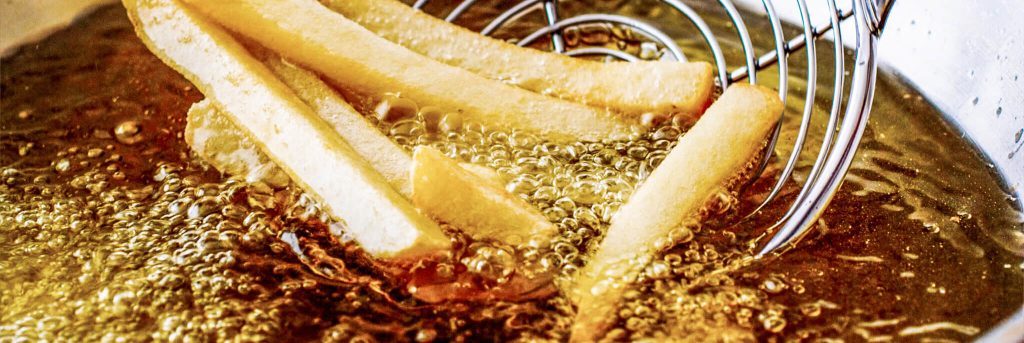
What Is Acrylamide
Where Does Acrylamide Come From
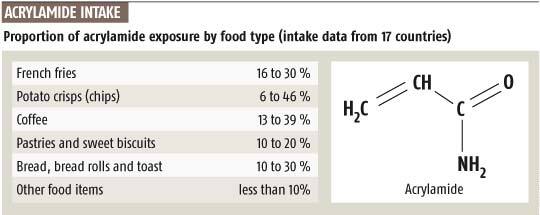
Acrylamide Health Effects
Carcinogenic Foods Residues

How To Clean Food Residues

Product of Choice
Cleaning Grills and Ovens
To effectively clean grills and ovens, follow these steps:
- Preheat the oven or hot plate to a temperature between 40˚C and 60˚C.
- Turn off the appliance.
- Prepare a cleaning solution by mixing at a 1:10 ratio with water. Use an ORAPI Canyon sprayer for application.
- Generously spray the cleaning solution onto the oven or hot plate surface.
- Allow the solution to sit on the surface for 20-30 minutes.
- For areas with heavy contamination, use a brush to agitate the solution.
- Wipe off the surfaces with a wet rag.
- Thoroughly rinse the cleaned surfaces with potable water to ensure they are residue-free.
ORAPI RECOMMENDS:
Grill & Oven Cleaner
Conclusion: Carcinogenic Foods
It’s important to acknowledge the potential health risks associated with high-temperature cooking methods. Carcinogens like Heterocyclic Amines (HCAs), Polycyclic Aromatic Hydrocarbons (PAHs), Advanced Glycation End products (AGEs), and Acrylamide can form during cooking and have detrimental effects on human health, including an increased risk of cancer. Maintaining clean utensils and adopting healthier cooking methods can help minimise these risks and prevent you from consuming overcooked or burnt carcinogenic foods.
